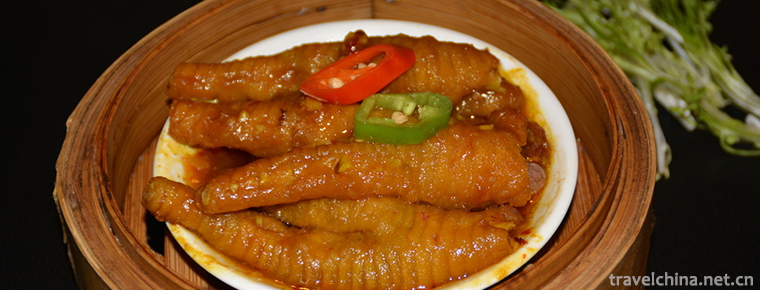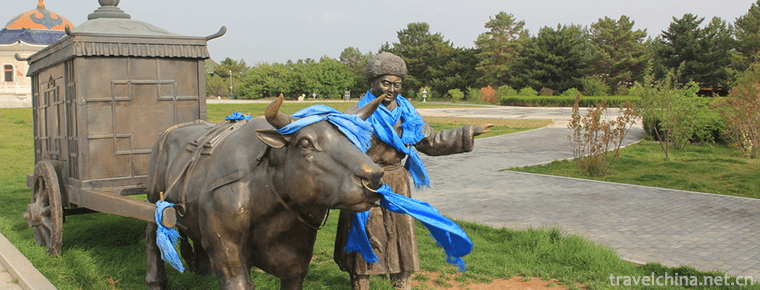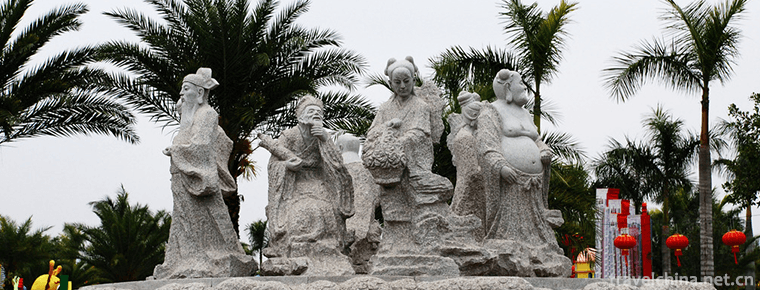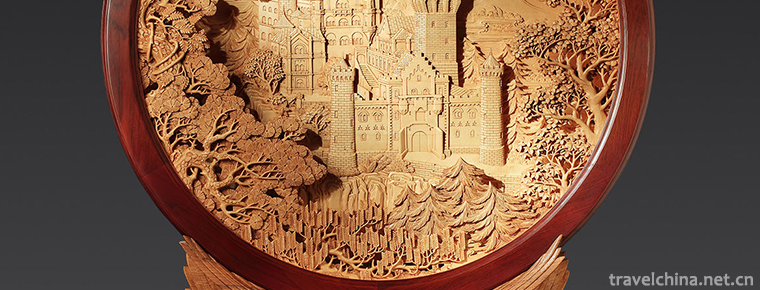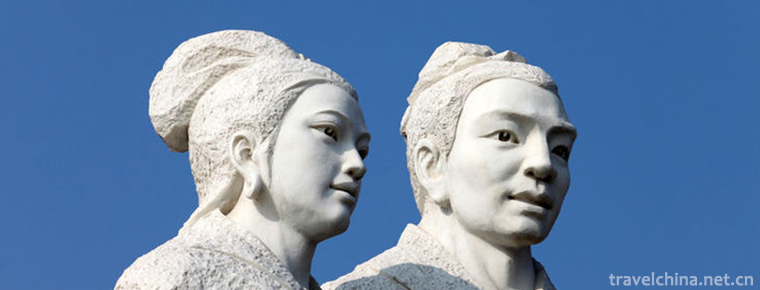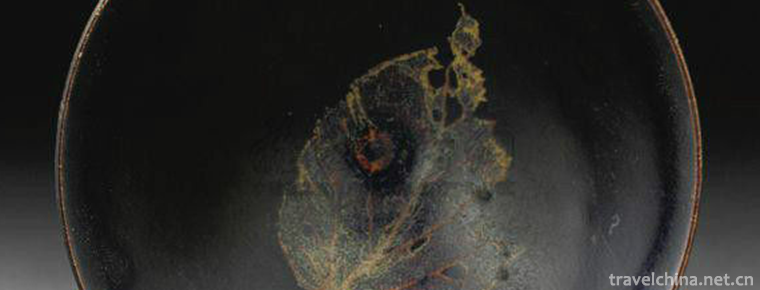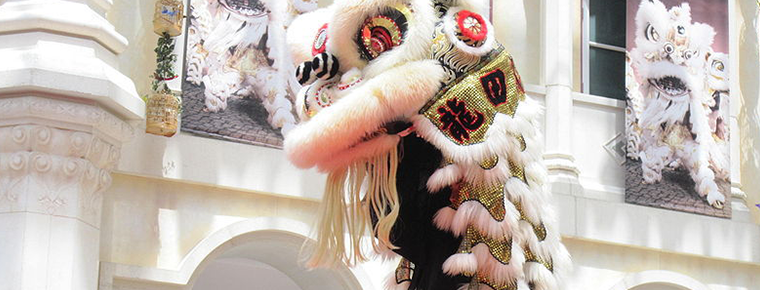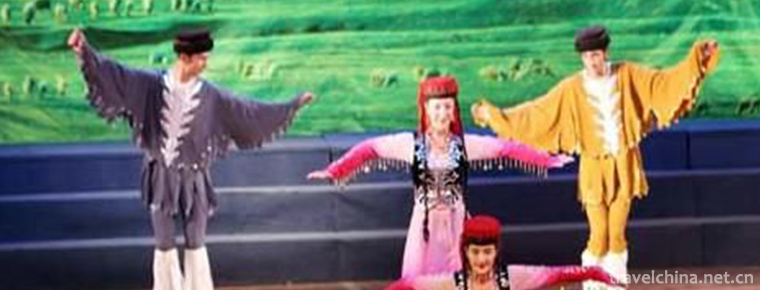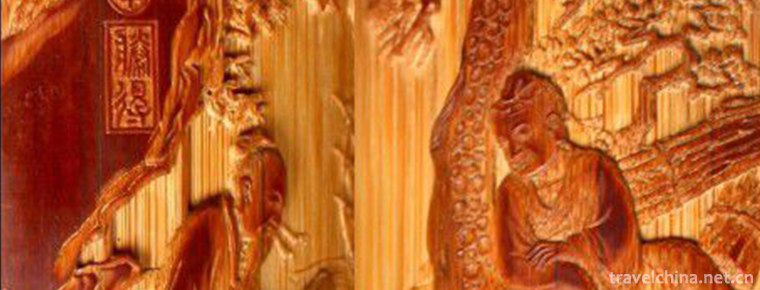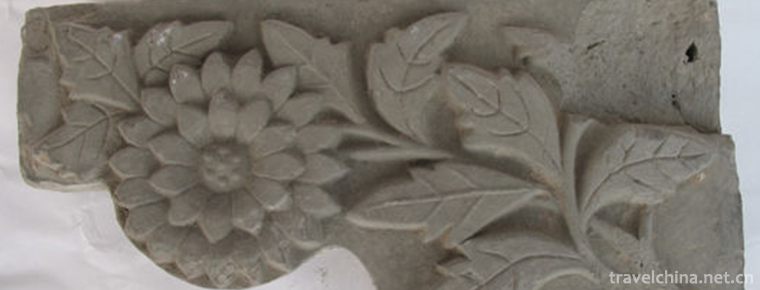Calculation with an abacus
Calculation with an abacus
Abacus abacus is a method of numerical calculation, which is known as the fifth largest invention in China.
Liu Hong (129-210 A.D.), a character Zhuo, a descendant of Liu Xing, the king of Lu in the Eastern Han Dynasty, is an outstanding astronomer and mathematician in ancient China. He is the inventor of abacus and the discoverer of the theory of lunar motion inhomogeneity. He is respected by later generations as "Sacred Calculator".
The abacus is a simple calculating tool invented and created by the working people in ancient China. The word "abacus" was first found in Xu Yue's Su Shu Ji Ji in the Han Dynasty. Among them, there are clouds: "abacus, controlling four seasons, three meridians and latitudes".
On June 14, 2008, the abacus declared by Tunxi District, Huangshan City, Anhui Province, and the China Association of Mental Arithmetic and Abacuation were listed in the second batch of national intangible cultural heritage list with the approval of the State Council.
On December 4, 2013, the eighth meeting of the UNESCO Intergovernmental Committee for the Protection of Intangible Cultural Heritage adopted a resolution in Baku, the capital of Azerbaijan, formally listing the Chinese abacus project on the UNESCO list of intangible cultural heritage of mankind. This is also China's 30th non-legacy project.
historical origin
The name of abacus arithmetic was first found in Sushu Jiji written by Xu Yue in the Han Dynasty. Now that the abacus has a history of more than 1800 years, it should be calculated on the basis of this time point. However, the abacus arithmetic at that time was quite different from today's . In the Song Dynasty "Qingming Shanghe Tu", you can clearly see an abacus on the counter of "Zhao Tai Chengjia" drugstore. Modern abacus arithmetic began between Yuan and Ming Dynasty. Zhu Shijie's Enlightenment of Mathematics in Yuan Dynasty contains 36 phrases, which are roughly the same as today's . During the Ming Dynasty, it gradually spread to Japan, Korea, Thailand and other places. Liu Yin (1248-1293) of the Yuan Dynasty had five-character quintessential sentences entitled Abacus in his Collection of Works of Mr. Jingxiu. Wang Zhenpeng, a painter of the Yuan Dynasty, has an abacus in his "A Tablet of Heaven and Kun" (1310). At the end of Yuan Dynasty, there is a metaphor of abacus beads in the 29 "well beads" clause of Tao Zongyi's "Nancun Dropping Farming Record" (1366). An interesting proverb is also recorded in this passage: "When a servant-in-law comes, he says to roll a plate of beads, but he does not dial them automatically; when he says to abacus beads, he moves when he says to dial them; when he says to Buddhist beads for a long time, his words are condensate all the time, though he does not dial them." Replace the "maidservant" here with some staff members of the functional department, and press the same stamp . The abacus was also mentioned in the Yuan Dynasty. From these examples, we can see that the abacus had been used in the Song Dynasty.
With the prosperity of commercial economy in Ming Dynasty, abacus arithmetic was widely popularized and gradually replaced budgeting under the conditions of commercial development. The earliest existing book containing abacus maps is the newly inscribed Qui Ben's Four Dialects Miscellaneous Characters in Four Years (1371) in Hongwu, Ming Dynasty. The earliest abacus book in existence is the revised Panzhu algorithm (1573) by Xu Xinlu, Fujian Jianou County. The most popular abacus book and the most important abacus book in history is "Directly Pointing Algorithms General Zong" compiled by Cheng Dawei of the Ming Dynasty. The State Council has listed Abacus in the second batch of national intangible cultural heritage catalogues.
On October 31, 2013, UNESCO published a list of alternatives for the 2013 masterpiece of the intangible cultural heritage of mankind, among which China's abacus is listed.
On December 2, 2013, the eighth meeting of the UNESCO Intergovernmental Committee for the Protection of Intangible Cultural Heritage opened in Baku, capital of Azerbaijani. The six-day meeting will consider nearly 30 non-legacy declaration items, including China's abacus.
On December 4, 2013, the United Nations Educational, Scientific and Cultural Organization (UNESCO) adopted abacus in Baku, the capital of Azerbaijani, which formally became the intangible cultural heritage of mankind. This is also the 30th non-legacy item in China.
Traditional structure
The traditional abacus in our country is the top two and the bottom five beads. The upper one represents "5" and the lower one represents "1", which is calculated with the abacus.
When calculating, we adopt "five-liter decimal system", that is, when each gear is "full of 5", we use a bead to express it, and when each gear is "full of 10", we move forward one gear "into 1". Therefore, it is enough to use only four beads for each gear. Why is the traditional abacus of our country the top two beads and the bottom five beads?
One of the reasons is that in ancient China, when calculating weight, we used the "16-2" system, that is, one kilogram equals sixteen-two. Modern people often say that two people are half-weight, which means they are the same as each other. But half a catty is half a catty, and Eight-two is eight-two. How can they be equal? Originally, in our ancient system of weight units, one kilogram equals sixteen or two, so half a kilogram equals eight or two. The top two and the bottom five beads can be calculated to "15" in each gear, so that "Man 16" will move forward one gear, so our traditional top two and bottom five beads abacus is formed to adapt to the hexadecimal system.
The second reason is that in ancient times, the first one was not enough, and the second one was necessary. Some old accountants were influenced by long-term habits and still liked to use the second and second five-pearl abacus, but both at home and abroad used the last four-pearl abacus.
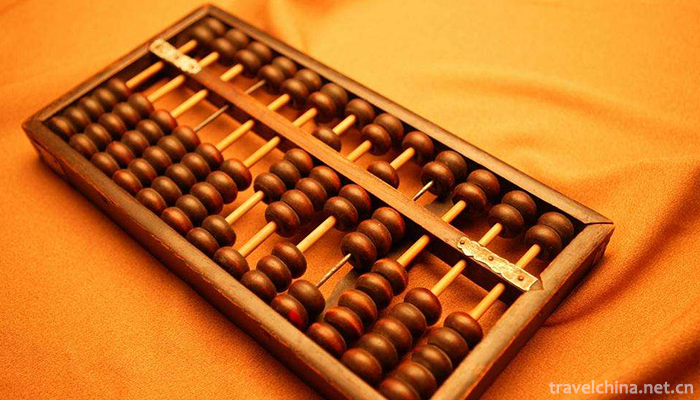
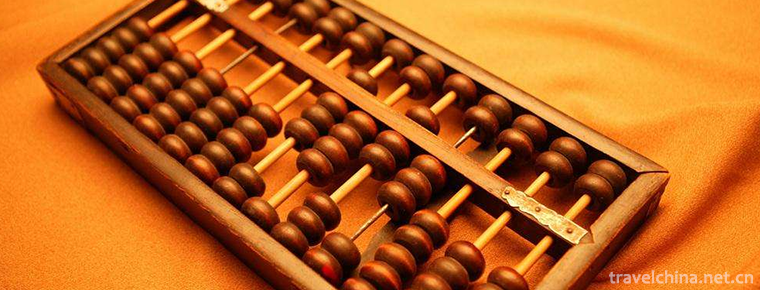
Calculation with an abacus
-
Steamed chicken feet with oyster sauce
Oyster Emperor steamed chicken feet, a featured delicacy, the main raw materials are chicken feet, small red pepper, oyster oil and so on, suitable for all ages.
Views: 264 Time 2018-11-02 -
Ordos Cultural Tourism Village
Ordos Cultural Tourism Village is located in the front banner of Etok, Ordos City. It is located in the western Ordos grassland at the junction of Mengning and Ningxia. It is located in the beautiful
Views: 427 Time 2019-01-08 -
Legend of Eight Immortals
The legend of Eight Immortals is one of the local folklores in Shandong Province. The legend of Eight Immortals originated very early. The legend of "Eight Immortals Crossing the Sea, Each Showin
Views: 249 Time 2019-04-02 -
Dongyang wood carving
Dongyang woodcarving, one of the Chinese folk carving arts, is named for its origin in Dongyang, Zhejiang Province. Dongyang woodcarving, together with Qingtian stone carving and Huangyang woodcarving
Views: 283 Time 2019-04-27 -
Legend of Dong Yong
Dong Yong's legend is the fifth largest love legend and the fifth largest folk legend in ancient China. It was first recorded in Liu Xiang's Biography of Filial Piety (Picture) in the Western Han Dyna
Views: 136 Time 2019-04-27 -
Firing Techniques of Jizhou Kiln Ceramics
Jizhou kiln is a treasure of the traditional Chinese ceramic crafts. As a world-famous comprehensive ceramic kiln in Jiangnan (Ji'an, Jiangxi), it has strong local style
Views: 154 Time 2019-05-05 -
Ping Tan drama
Pingjiao Opera is a kind of high-pitched opera that sings opera and prose in local dialect. It is a unique local opera in Fujian Province. It was formed in the early Qing Dynasty, originated in Pingna
Views: 136 Time 2019-06-09 -
lion dance
Lion dance, also known as "Lion Dance", "Lion Lantern", "Lion Dance", "Lion Dance", "Lion Dance", is one of the folk dances of all ethnic groups in Ch
Views: 99 Time 2019-06-14 -
Tajik Eagle Dance
Tajik Eagle Dance, a folk traditional dance in Tashkurgan Tajik Autonomous County of Xinjiang Uygur Autonomous Region, is one of the national intangible cultural heritage.
Views: 260 Time 2019-06-17 -
Bamboo carving
Bamboo carving, a traditional folk carving art, uses bamboo roots to carve characters and animal and plant images, or carves characters and pictures on bamboo materials and bamboo utensils. Usually al
Views: 329 Time 2019-08-10 -
Brick and plastic
Brick sculpture is the handicraft of folk craftsmen. It is made of mud into various animal models. Some of the images are realistic, but more are romantic and exaggerated ways of expression, the shape
Views: 147 Time 2019-08-10 -
Leshan transportation
Leshan City has convenient transportation. In the 12th Five Year Plan, Leshan City proposed to implement the "100 billion yuan transportation project", including "two airlines (comprehensive development of Minjiang aviation and power and Leshan Airport)
Views: 373 Time 2020-12-17
